Tags: Galaxy
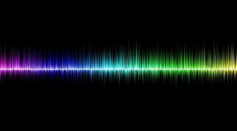
Social Media Users Described an Amplified Sound Bite of Black Hole Eerie [LISTEN]
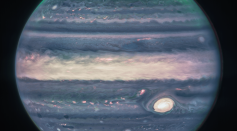
NASA James Webb Telescope Finds Jupiter Rings From Far Away Galaxy [LOOK]
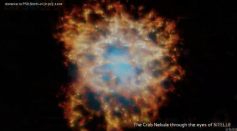
Resurrected Pulsars as Galaxy’s Gravitational Wave Detector: Here’s How Astronomers Want to Use It

NASA James Webb Space Telescope’s Confusing ‘Schrodinger's Galaxy Candidate’ Baffles Scientists

NASA Shares Largest-Ever Photo Captured by Hubble Space Telescope Featuring the Andromeda Galaxy

NASA Released the Latest Cartwheel Galaxy Image Captured by the James Webb Space Telescope

Super-Fast Mapping Device Will Help Scientists Analyze the Origins of Milky Way Galaxy
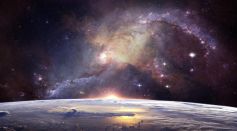
India's Tezpur University Research Team Discovers an Active Dwarf Galaxy Formation and Evolution
'Castaway' Gamma-Ray Burst in the Universe Linked to Neutron Star and Nearby Galaxy, Study Claims

James Webb Space Telescope to Use New Discovery About Galaxy Formation and Evolution Unlocked by Astronomy Student

'Black Hole Police' Finds First Ever Dormant Giant 160,000 Light Years Away From Milky Way

Tidal Disruption Event Results in Spaghettification When a Star Wanders Too Close to a Black Hole, Showing Violent Events in Galaxy
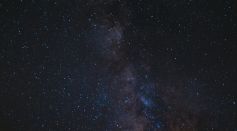
New Star System 300,000 Light Years Away From Other Galaxies Discovered
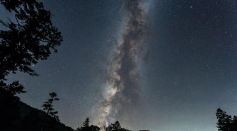
Australia's Historic Rocket Mission Seeks Source of X-Rays Coming From the Inner Galaxy, NASA Says

Hubble Space Telescope Finds Stunning Globular Cluster With Sparkling Stars Near Milky Way Galaxy [LOOK]

Tarantula Nebula Images Reveal Catastrophic Explosion Induced by Massive Stars at Its Center During Early Age of Universe

Remnants of Catastrophic Collision That Gave Birth to Andromeda Compiled to Discover the Origin of the Galaxy
ESA's Gaia Can Detect Starquakes, One of the Most Shocking Discoveries Revealed in Newly Released Spectroscopy Data

LOOK: Largest Near-Infrared Image Taken by Hubble Space Telescope Released Today

Four Hostile Extraterrestrial Civilizations Might Be Lurking in the Milky Way, According to Conflict Resolution Expert
Most Popular

Largest Known Volcanic Aquifer Discovered Beneath Oregon's Cascades

New 'Supergiant' Sea Bug Found in South China Sea, Named After Darth Vader

Mediterranean Sea Was Refilled by a Catastrophic Flood Millions of Years Ago

Mysterious Cosmic Waves That Sound Like Birds Detected in Unexpected Space Region





